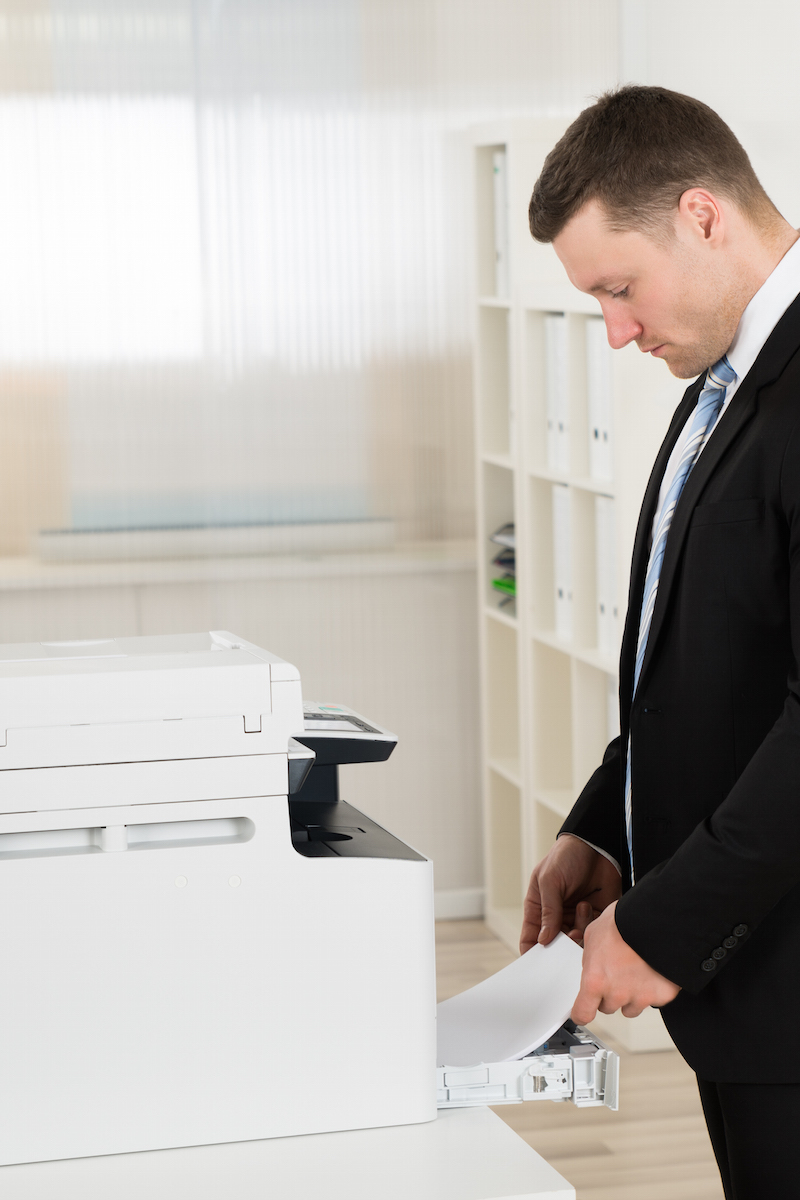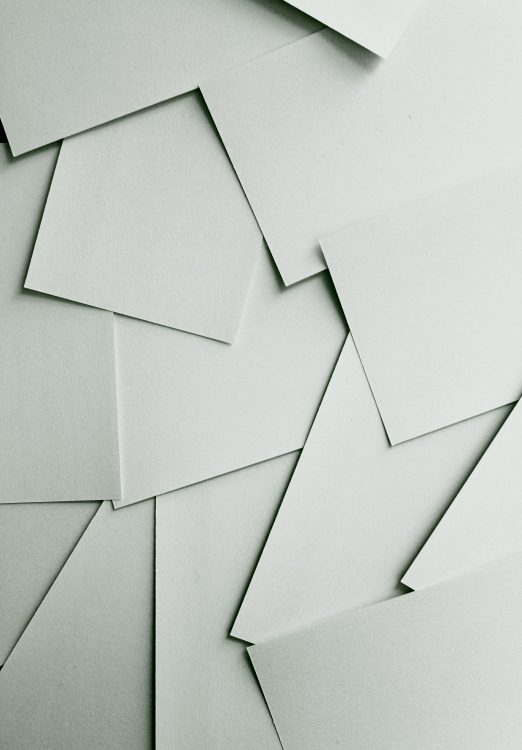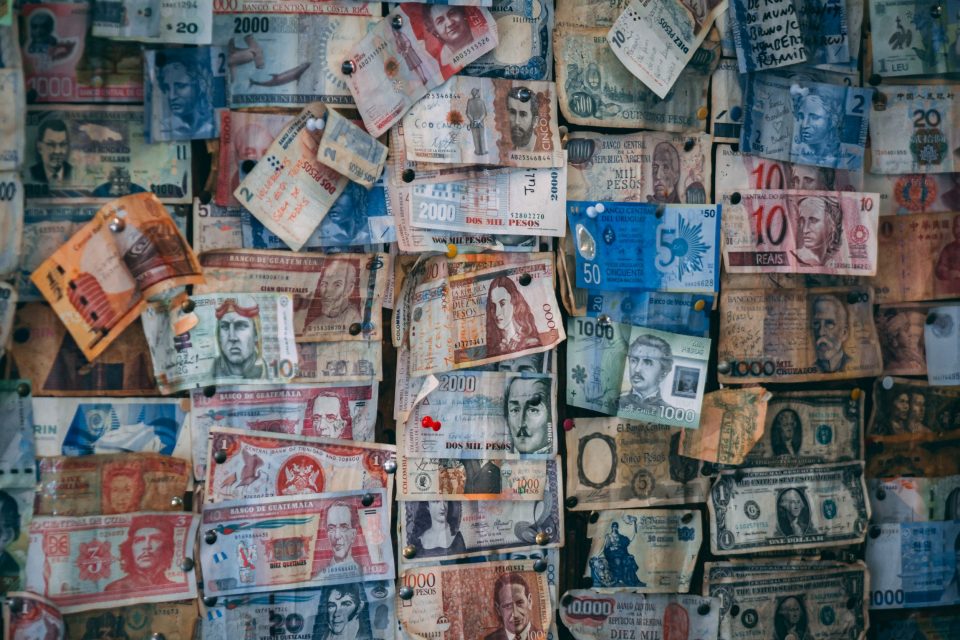Tips for Better Printing

Find your Personal Productivity Style
November 17, 2016
Paper and Pen – the best writing method for Quentin Tarantino
November 30, 2016
There is nothing more frustrating than problems with your home or office printer
Paper creases, smudges and jams are not just costly in terms of wasted ink and paper, they can look unprofessional, and give your clients the impression that you don’t care about keeping your office equipment up to date or in good working order.
However, just a few simple tips about preparation, patience and paper can deliver you perfect results, every time.
# You can’t print without paper, so make that your first priority
Check your printer manual for recommended types of paper for different purposes. Check that the outer wrapper of your paper isn’t damaged, torn, or otherwise blemished; at best, you’ll be wasting a few sheets to get below any dents, and at worst, the whole ream could be damp or not fit for purpose. To guard against feint or uneven printing, make sure that your printer cartridges aren’t empty.
#Do use a higher-quality paper for client communications
It automatically makes your client feel that they are taken seriously and valued, and makes your business look high-end and professional.
#How you store your paper makes a huge difference
Don’t store it directly against the wall, and don’t store it directly next to the printer. Dry, dust-free and dark are good benchmarks, so storing individual reams horizontally in a drawer is the best solution for small or home offices, and in a dedicated stationery room for larger organizations. Make sure that open reams of paper are kept away from any sources of damp or strong light.
# If you know you’ve got a printing batch to do, bring the paper up to room temperature first
Cold paper can feel damp, and can also cause printer jams and other problems. Remember also to fan the paper out to put some air through it, and don’t overload the printer tray. You might think that paper guides and other rulers are fussy, but they can stop uneven and lopsided printing, and also prevent wastage. Make sure these are lined up properly before you print.
#Dry naturally
Even though you may think the ink is dry when the paper comes out of the printer, do leave it to dry naturally for a few minutes, just to guard against accidental smudges.
There’s more to better printing than just looking after your paper and printer Recycling paper waste should already be high on your list of priorities, but it’s easy to forget to extend that to the paper wrappers, and even the boxes the paper was delivered in. You could even take your green policy one step further by recycling your printer cartridges when they are empty; there are even companies that will buy back obsolete printer cartridges so that they don’t end up in landfill.
Like all technology, printers will always have their own plans as to whether they will work seamlessly all the time.



